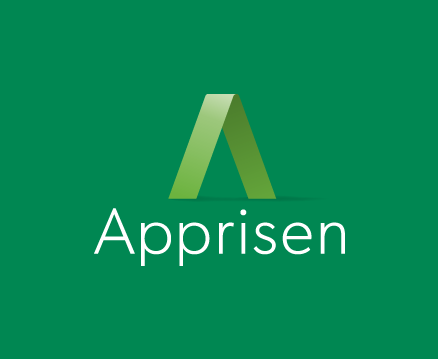by Iris
The days are getting longer and the flowers are blooming. As Spring arrives, it brings up that natural inclination to scrub away the winter malaise and polish up our homes and lives to prepare for the possibilities the sunshine brings. We often clean out the closets, spruce up the yard and finally clean those baseboards (ugh). But what about our finances? This is a great time to spring clean your finances, preparing yourself for all the financial possibilities this year could bring. Today, let’s focus on spring cleaning your credit and luckily, there are three easy steps you can take.
1. Pull and review your credit reports
You can access all three of your credit reports at annualcreditreport.com for free. Different reports may have different information so it’s important you pull all three once a year at least. You may also be able to access your report through your bank or credit card company. Many offer free access through their app or online banking portal. As you review, focus on the following elements:
- Double-check that all personal information is correct, including names and addresses.
- Is your payment history correct for all tradelines?*
- Are there any accounts you don’t recognize?

2. Address anything that is negatively impacting your credit
Most reports include a section at the beginning that lays out things that are negatively impacting your score. The most common are payment history, high credit utilization or collection accounts. The first thing to do is to identify and dispute any incorrect information. The reporting bureaus have online dispute forms you can complete. Next, choose two things you can do to address the negative information. Some examples:
- Pay down the balance of a credit card.
- Pay off a collection account.
- Bring an account that is past due current.
If you’re feeling the debt crunch, this can be a good time to reach out to a non-profit credit counselor, like Apprisen, who can help you explore debt repayment options and identify the best strategies for your budget.

Graphic Credit: Experian, What is a Credit Utilization Rate
3. Create an action plan for building credit
On the flip side, you always need to be building positive credit history. Here are a few key strategies to consider:
- Make payments on time. If you are struggling to do this, consider reaching out to your lender to change your due date or ask them what options you have to bring the account current.
- Open a secured card. These are low balance cards that require a small deposit (around $50). Utilizing these can help build positive payment history. You can opt to use this only for gas or groceries to keep it simple and not overspend on the card. It’s key you pay this on time too or it can be a negative.
- If you feel in control of your debt, ask your lender to increase your credit limit. This will lower your utilization ratio which has a large impact on your score.
Now that you’ve swept the dust off that report, it’s great to check in every quarter. It helps prevent fraud or identify theft and ensures that you are consistently making progress on your credit goals. Happy Spring cleaning everyone!
Share this article

